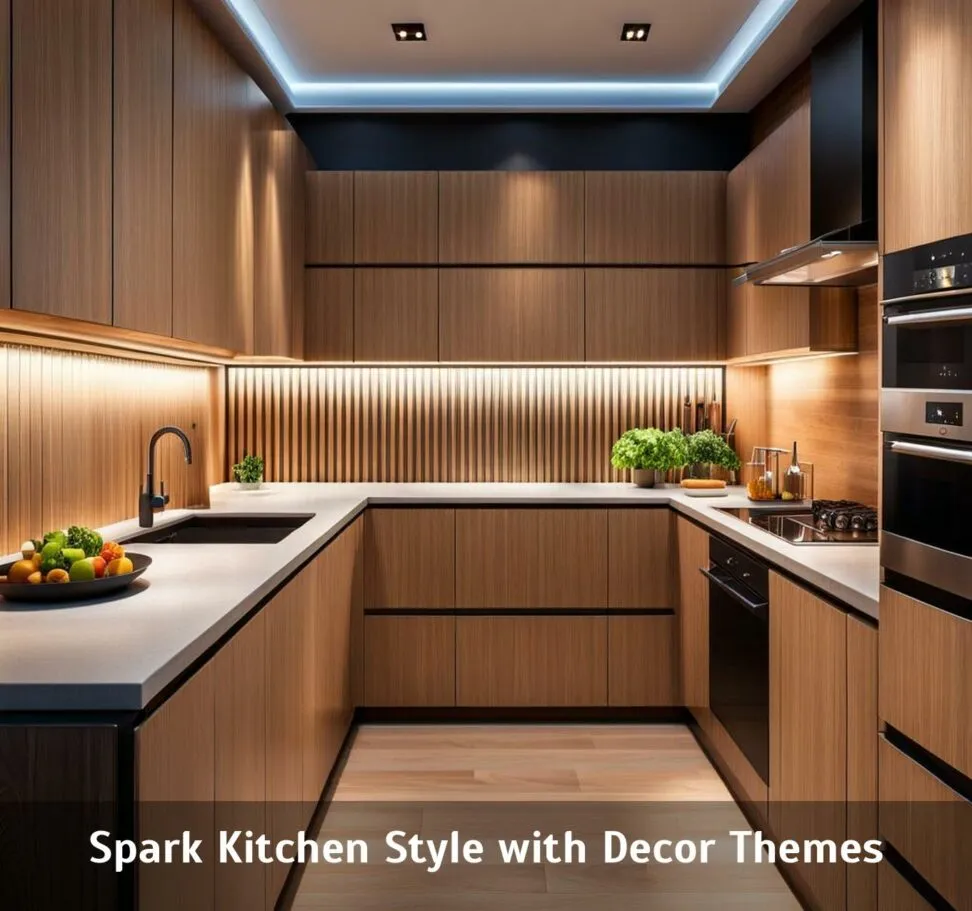Why Kitchen Decor Themes Matter
Kitchen decor themes are more than just aesthetic choices; they are the foundational elements that shape the heart of your home. A well-chosen theme creates a cohesive and inviting space, setting the tone for culinary creativity, family gatherings, and daily living. The right theme brings together all aspects of the kitchen from the cabinets to the appliances to create a unified design. It helps you make focused decisions, streamline your design choices, and avoid a disjointed feel. By embracing a specific theme, you ensure that every element works harmoniously, enhancing the overall functionality and beauty of the kitchen. This unified approach makes the space not only more visually appealing but also more efficient and enjoyable to use.
Setting the Stage for Your Kitchen Decor
Before diving into specific themes, it’s crucial to consider the existing conditions of your kitchen. Assess the space available, the natural light, and the current layout. These factors significantly impact which themes are most suitable. Small kitchens, for example, often benefit from minimalist or light-themed designs to maximize space and brightness. Large kitchens offer greater flexibility, allowing for bolder choices like dark cabinetry or expansive island setups. Furthermore, think about your lifestyle and how you use the kitchen. Do you entertain frequently, cook elaborate meals, or primarily use the kitchen for quick snacks? The answers to these questions will guide you toward themes that support your daily activities and preferences. Understanding these foundational elements ensures that your chosen theme complements the practical aspects of your kitchen.
Understanding Your Personal Style
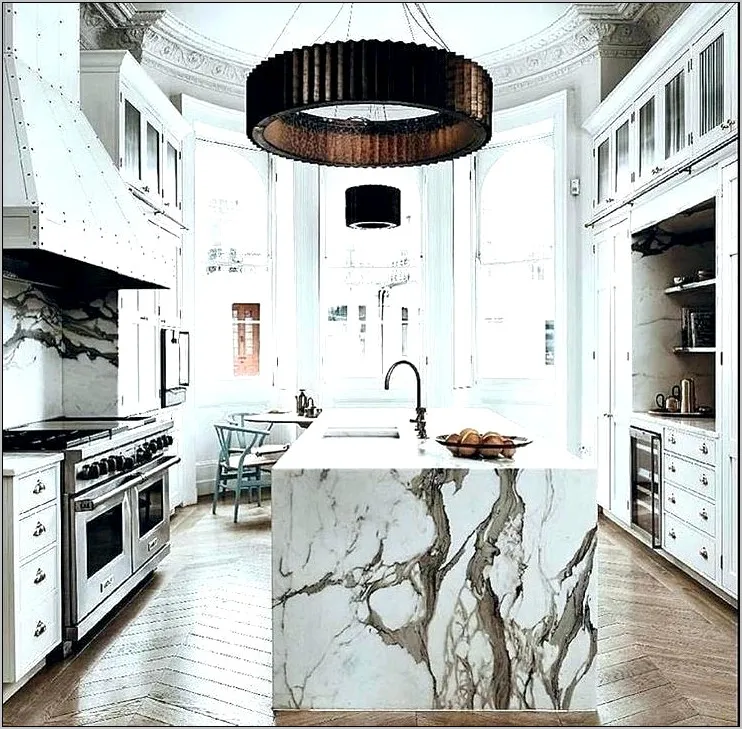
Your personal style is the compass that guides your kitchen decor choices. Reflect on the design aesthetics that resonate with you. Do you gravitate toward clean lines and modern simplicity, or do you prefer the warmth and charm of rustic designs? Are you drawn to the breezy atmosphere of coastal themes or the organized efficiency of minimalist spaces? To gain clarity, browse design magazines, explore online platforms like Pinterest and Instagram, and visit showrooms to gather inspiration. Create a mood board, compiling images, color swatches, and material samples that capture your vision. This exercise helps you identify common threads and patterns, revealing your underlying preferences. By understanding your style, you ensure that the chosen theme reflects your personality and creates a space you’ll genuinely enjoy.
Identifying the Elements of Kitchen Design
Kitchen design involves several key elements that shape the overall look and functionality of the space. These include the cabinets, countertops, backsplash, flooring, appliances, lighting, and accessories. Each element contributes to the theme, creating a cohesive and balanced design. Cabinets set the tone with their style, color, and hardware, while countertops provide both a functional surface and a visual focal point. The backsplash adds personality and protects the walls from spills. Flooring must be durable and stylish. Appliances influence the theme and efficiency of your kitchen. Lighting enhances both aesthetics and practicality. Finally, accessories tie everything together, adding personal touches. Consider how these elements work together to bring your theme to life.
Colors and Their Impact
Color is a powerful tool in kitchen design. It influences mood, perception, and the overall feel of the space. Light colors like whites, creams, and pastels create a sense of spaciousness and airiness, making small kitchens appear larger. They also reflect light, enhancing brightness. Darker colors, such as deep blues, grays, and greens, add sophistication and drama, often best suited for larger kitchens with ample natural light. Consider the psychological impact of colors. Blue and green are calming, while yellow and orange can stimulate appetite and energy. Neutrals offer versatility, providing a clean backdrop for other design elements. Experiment with color palettes by using online tools or paint samples to see how colors interact in your kitchen.
Choosing the Right Color Palette
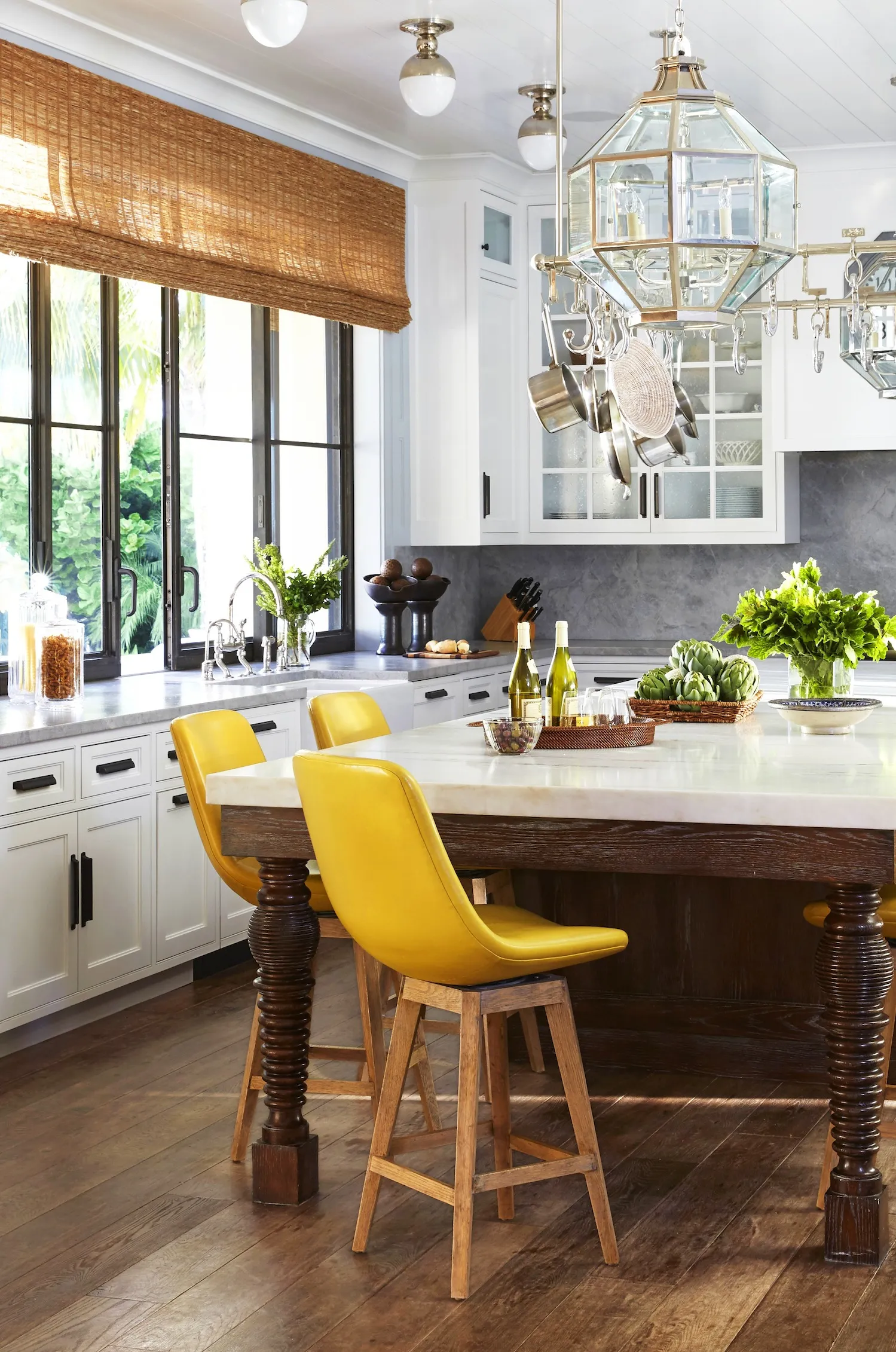
Selecting the right color palette is crucial for achieving a harmonious kitchen design. Start by choosing a dominant color that will serve as the foundation of your scheme. This color will likely be used on cabinets, walls, or large appliances. Then, choose two to three complementary colors to add depth and interest. These could be used for accents, accessories, or smaller features like backsplashes. Consider the color wheel when making your selections, opting for analogous colors (colors next to each other on the wheel) for a cohesive look or complementary colors (colors opposite each other) for a high-contrast, dynamic design. Always test paint samples in your kitchen, observing how the colors appear in different lighting conditions throughout the day.
Materials and Textures
Materials and textures add depth, visual interest, and tactile appeal to your kitchen design. The choice of materials affects the overall aesthetic and functionality of your kitchen. Different materials evoke various moods. Wood adds warmth and natural beauty. Stainless steel brings a modern, sleek look. Stone and concrete create an industrial or rustic vibe. Consider the durability and maintenance requirements of each material. Countertops, for example, must withstand daily use, while flooring must be resistant to moisture and wear. Textures can range from smooth surfaces to rough, textured finishes. Incorporating a mix of textures adds dimension to your kitchen, preventing it from feeling flat or uninspired.
Selecting the Right Materials
When selecting materials, consider the theme and the functionality of your kitchen. For a modern theme, choose sleek materials like stainless steel, glass, and high-gloss surfaces. Rustic kitchens benefit from natural wood, stone, and reclaimed materials. Farmhouse designs often incorporate shiplap, butcher block countertops, and ceramic tiles. Coastal themes utilize light woods, painted finishes, and natural textures like linen or woven elements. Always balance aesthetics with practicality. Select materials that can withstand the demands of daily use, are easy to clean, and require minimal maintenance. Consider the environmental impact of your choices, opting for sustainable materials whenever possible.
Lighting’s Role in Kitchen Decor
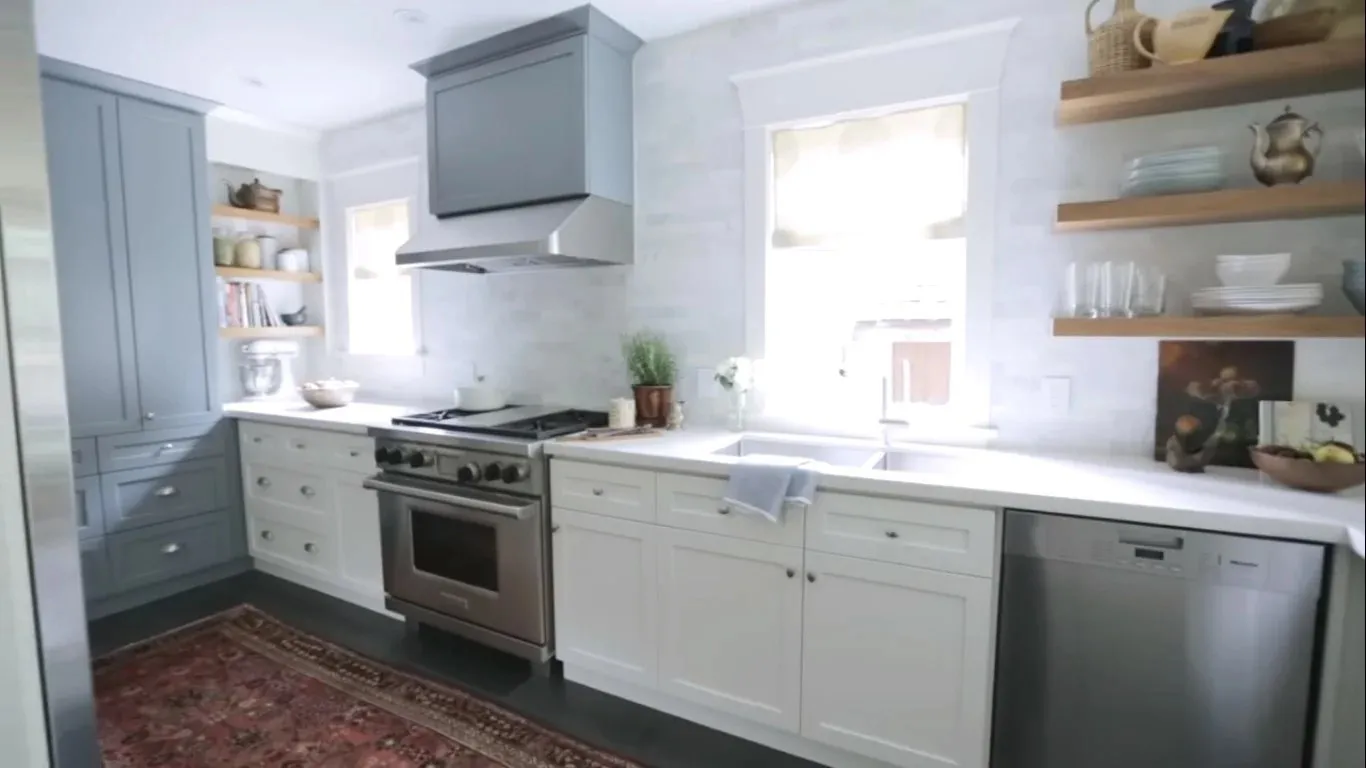
Lighting is a cornerstone of effective kitchen design, influencing not only the aesthetics but also the functionality and mood of the space. Proper lighting enhances task performance, creates ambiance, and highlights key design features. Strategic lighting arrangements can transform a kitchen from a functional space to a welcoming haven. The ideal lighting scheme integrates three main types of light: ambient, task, and accent. Ambient lighting provides general illumination, task lighting focuses on specific work areas, and accent lighting highlights architectural details or decorative elements. By layering different types of lighting, you create a balanced and versatile lighting scheme that suits various needs and occasions. The right lighting arrangement dramatically enhances the look and feel of your kitchen.
Different Types of Lighting
There are several types of lighting to consider when designing your kitchen. Ambient lighting is typically provided by recessed lights, overhead fixtures, or chandeliers, providing overall illumination. Task lighting includes under-cabinet lights, pendant lights over islands, and spotlights over workstations, ensuring adequate illumination for cooking, cleaning, and other tasks. Accent lighting, such as track lighting or spotlights, highlights artwork, architectural features, or decorative elements, adding visual interest and ambiance. Consider incorporating dimmers to control the intensity of your lighting, allowing you to adjust the mood to match your needs. Also, select energy-efficient LED lighting options to reduce energy consumption and enhance the longevity of your fixtures.
Practicality vs Aesthetics
Balancing practicality and aesthetics is essential in kitchen design. While a visually stunning kitchen is desirable, it must also be functional and user-friendly. Consider the daily tasks performed in your kitchen. Ensure that countertops are at a comfortable height, that storage solutions are organized and accessible, and that the layout facilitates efficient workflow. Incorporate durable, easy-to-clean materials, particularly in high-traffic areas. However, practical choices shouldn’t compromise your aesthetic vision. Choose appliances and fixtures that blend seamlessly with your chosen theme. Maintain a balance between style and functionality by selecting design elements that enhance both the beauty and the efficiency of your space, creating a kitchen that is both beautiful and practical.
The Importance of Functionality
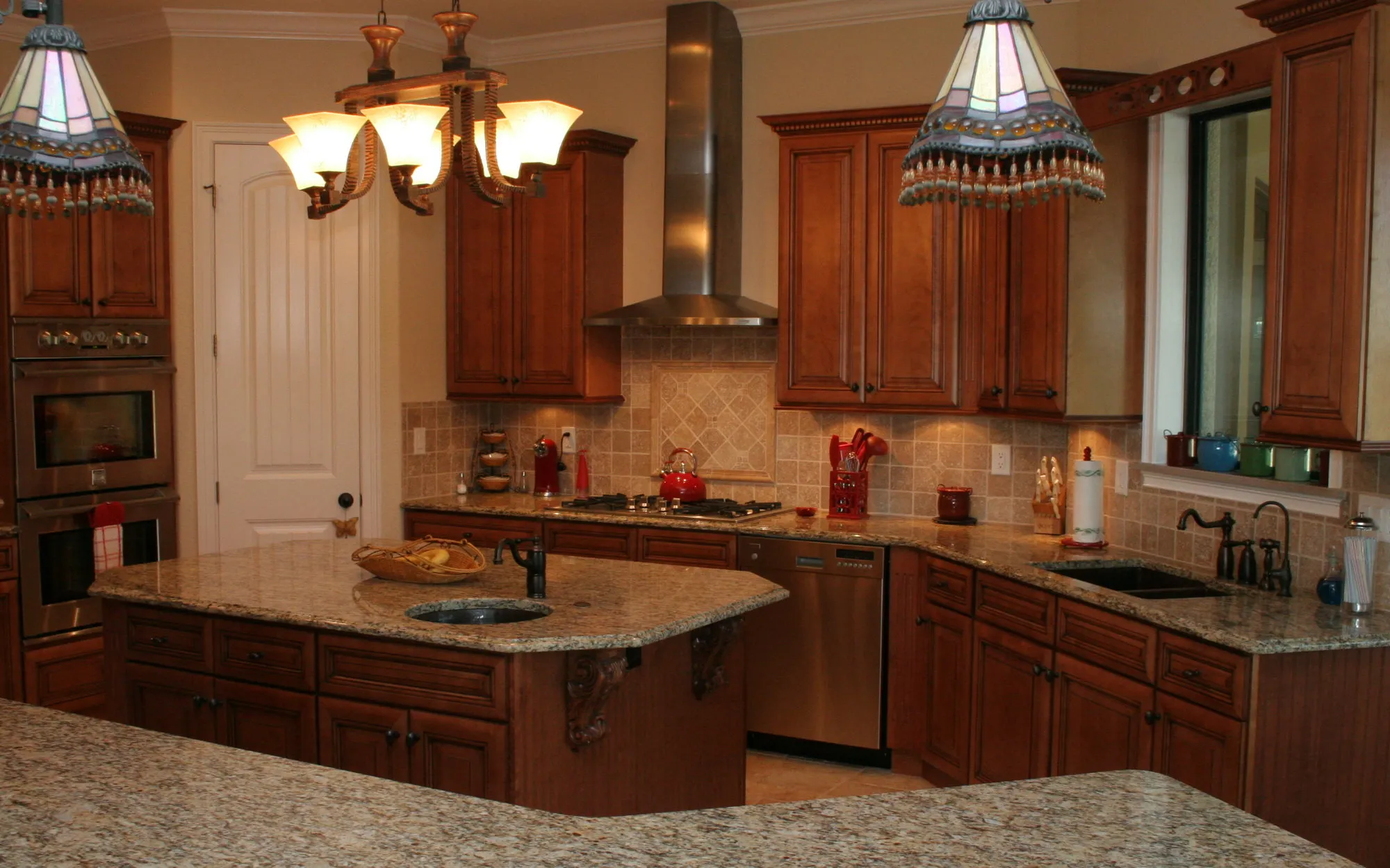
Functionality should be a top priority when designing your kitchen. An efficiently designed kitchen saves time, reduces stress, and makes cooking and cleaning more enjoyable. Optimize the kitchen layout for ease of use, considering the work triangle—the relationship between the sink, stove, and refrigerator. Ensure that there is adequate counter space for food preparation and that storage solutions are well-organized and accessible. Consider incorporating features like pull-out drawers, lazy Susans, and pantry organizers to maximize storage space. Also, evaluate the ergonomics of your kitchen, ensuring that the counter heights, appliance placements, and work areas are comfortable for all users. A functional kitchen is a well-designed kitchen that enhances your daily life.
Top Kitchen Decor Themes
Exploring various kitchen decor themes helps you refine your design preferences and identify the styles that resonate most with you. Each theme offers unique features, color palettes, and material combinations, creating distinct atmospheres. Consider the popular trends and your personal design preferences, allowing you to choose a theme that aligns with your tastes. Whether you favor the sleek simplicity of modern designs, the warmth of rustic spaces, or the airy openness of coastal themes, there’s a kitchen theme that perfectly suits your lifestyle and enhances the heart of your home. The following sections will explore some popular kitchen themes, giving you a better insight into which design best suits your needs.
The Modern Kitchen Theme
Modern kitchens emphasize clean lines, minimalist aesthetics, and functionality. Features include sleek cabinetry with flat-panel doors, often in neutral colors like white, gray, or black. Countertops are typically made of quartz or stainless steel, while backsplashes can feature glass or subway tiles. Appliances are often integrated and stainless steel. Lighting involves recessed lights, pendant lights, and track lighting. The color palette is usually neutral, with pops of color from accessories. The overall feel is uncluttered and sophisticated. Materials are typically sleek, such as stainless steel, glass, and high-gloss finishes. Modern kitchens prioritize functionality and simplicity.
The Rustic Kitchen Theme
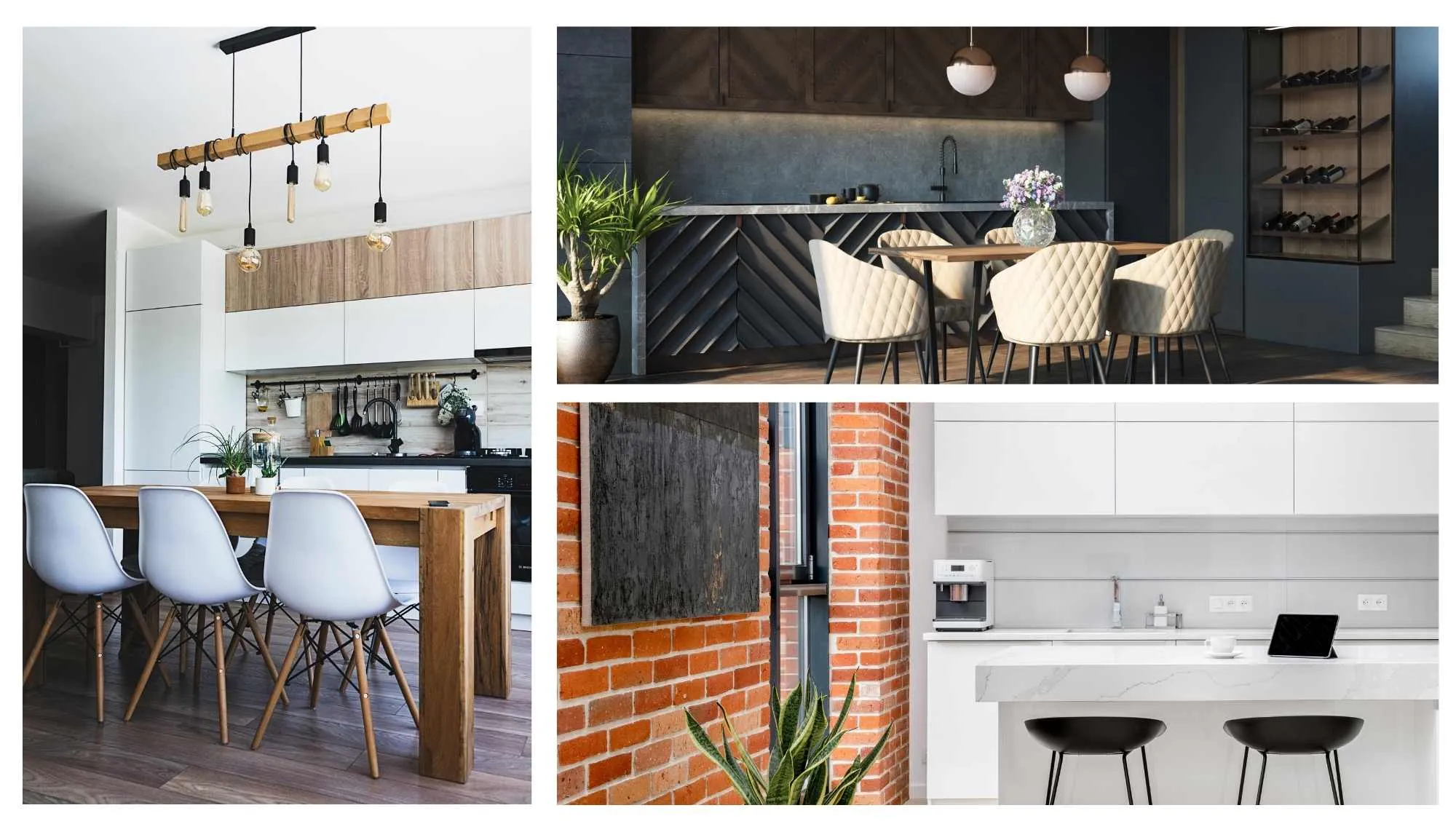
Rustic kitchens embrace warmth, natural materials, and a lived-in feel. Key features include wood cabinetry, often with visible grain and texture, and butcher block or stone countertops. Backsplashes may feature handmade tiles or natural stone. Appliances can be farmhouse-style or stainless steel. Lighting often uses pendant lights and exposed bulbs. Color palettes are typically earthy, with tones of browns, greens, and creams. The overall feel is cozy and inviting. Materials are natural, such as wood, stone, and wrought iron. Rustic kitchens create a welcoming atmosphere and a connection to nature.
The Minimalist Kitchen Theme
Minimalist kitchens are characterized by simplicity, functionality, and a lack of clutter. Features include flat-panel cabinets, a neutral color palette (often white, gray, or beige), and hidden storage solutions. Countertops are sleek, often made of quartz or solid surfaces. Appliances are integrated and hidden from view. Lighting involves recessed lights and simple pendant lights. The overall feel is clean and spacious. Materials are typically smooth and non-textured. Minimalist kitchens emphasize simplicity and efficiency, creating a calm and organized space. This theme values functionality and ease of maintenance.
The Farmhouse Kitchen Theme
Farmhouse kitchens blend rustic charm with modern comforts. Features include Shaker-style cabinets, often painted white or in muted colors, and butcher block or soapstone countertops. Backsplashes typically include subway tiles or beadboard. Appliances can be stainless steel or vintage-inspired. Lighting often uses pendant lights, sconces, and farmhouse-style chandeliers. The color palette is often neutral, with pops of color from accessories. The overall feel is warm, inviting, and practical. Materials include natural wood, painted finishes, and vintage-inspired accents. Farmhouse kitchens offer a balance of style, comfort, and functionality.
The Coastal Kitchen Theme
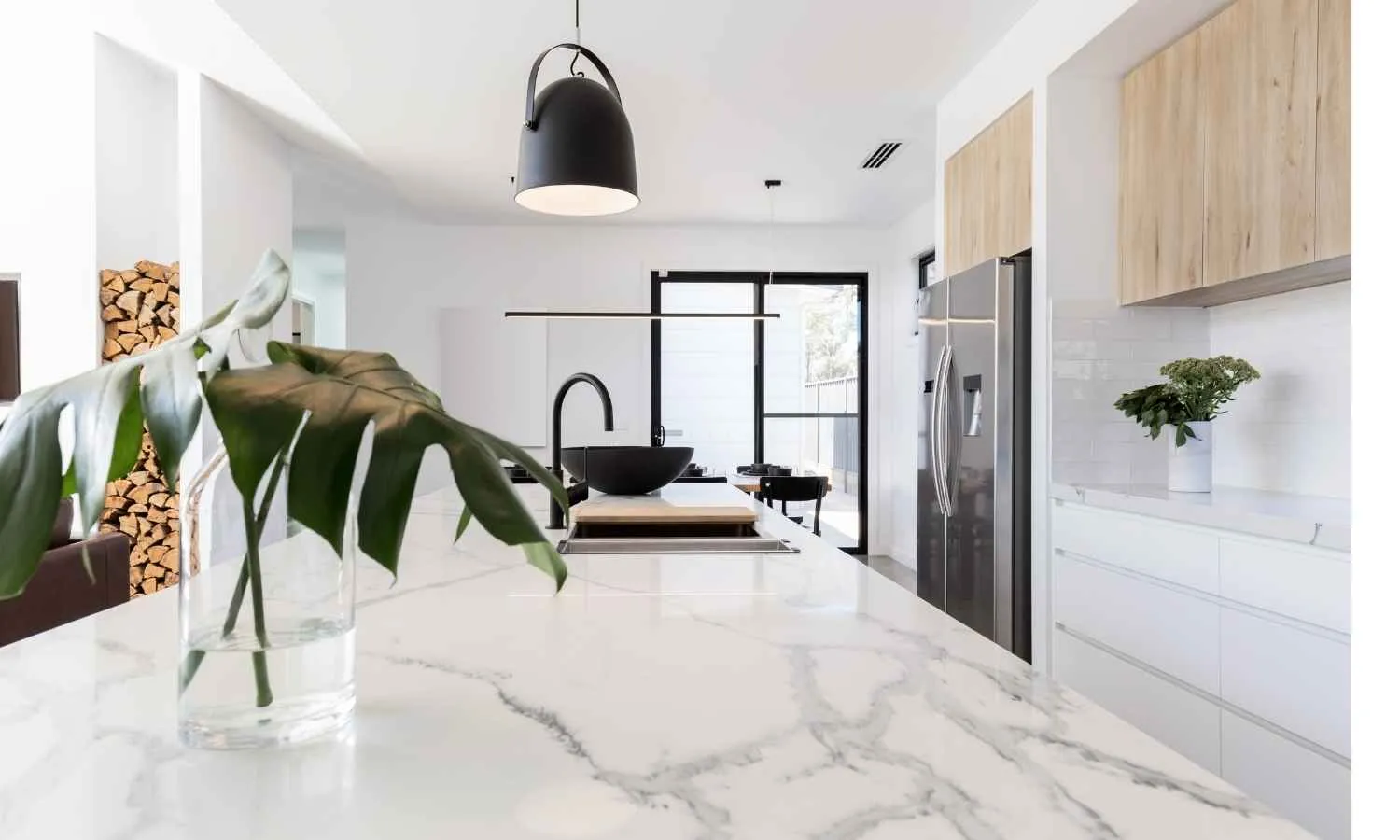
Coastal kitchens evoke a sense of calm and serenity. Features include light-colored cabinetry (whites, blues, and grays), and countertops often in light-colored stone or wood. Backsplashes might incorporate sea-glass tiles or subway tiles. Appliances are often stainless steel or white. Lighting can include pendant lights, sconces, and natural light from large windows. The color palette is typically light and airy, with blues, greens, and sandy tones. The overall feel is breezy and relaxed. Materials include light woods, natural textures, and nautical accents. Coastal kitchens create a welcoming and refreshing atmosphere, perfect for a relaxing culinary experience.
Accessorizing Your Kitchen Theme
Accessories are the finishing touches that personalize your kitchen and bring your chosen theme to life. They add character, style, and functionality to your space. The right accessories can transform a functional area into a visually appealing and welcoming space. Whether you’re aiming for a modern, rustic, minimalist, farmhouse, or coastal aesthetic, your choice of accessories will play a crucial role in the final look and feel of your kitchen. These details complete the overall design, ensuring that every element complements the theme and expresses your style, thus enhancing the ambiance.
Adding Decorative Accessories
Decorative accessories enhance the visual appeal and theme of your kitchen. Choose items that complement your theme’s style, color palette, and material selection. For a modern kitchen, consider sleek and minimalist items, such as geometric artwork, stainless steel canisters, and simple vases. Rustic kitchens benefit from natural wood accents, vintage cookware, and woven baskets. Farmhouse kitchens welcome items like mason jars, vintage scales, and wooden signs. Coastal kitchens should feature elements such as seashells, nautical-themed artwork, and blue-and-white patterned textiles. These decorative accessories inject personality, making your kitchen uniquely yours, thus elevating the space. Select pieces that reflect your individual style.
Maintaining and Updating Your Kitchen Decor
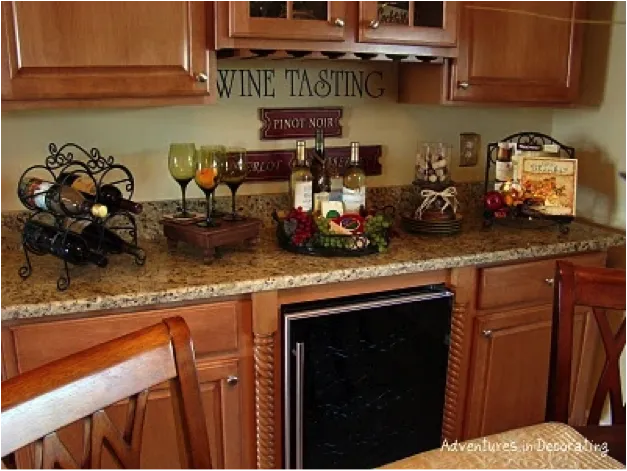
Maintaining and updating your kitchen decor ensures that your space remains stylish and functional over time. Regular cleaning and maintenance are essential to preserve the look and feel of your kitchen. Wipe down surfaces frequently, clean appliances regularly, and promptly address any spills or stains. Also, periodically assess your kitchen’s layout and organization. As your lifestyle evolves, your needs and preferences may change. Consider making small updates to keep your kitchen fresh. This can include repainting, replacing hardware, or adding new accessories. Stay updated on current design trends, but always prioritize what you love and what works best for you. Maintaining and updating your kitchen ensures that it remains a welcoming and enjoyable space for years to come.
